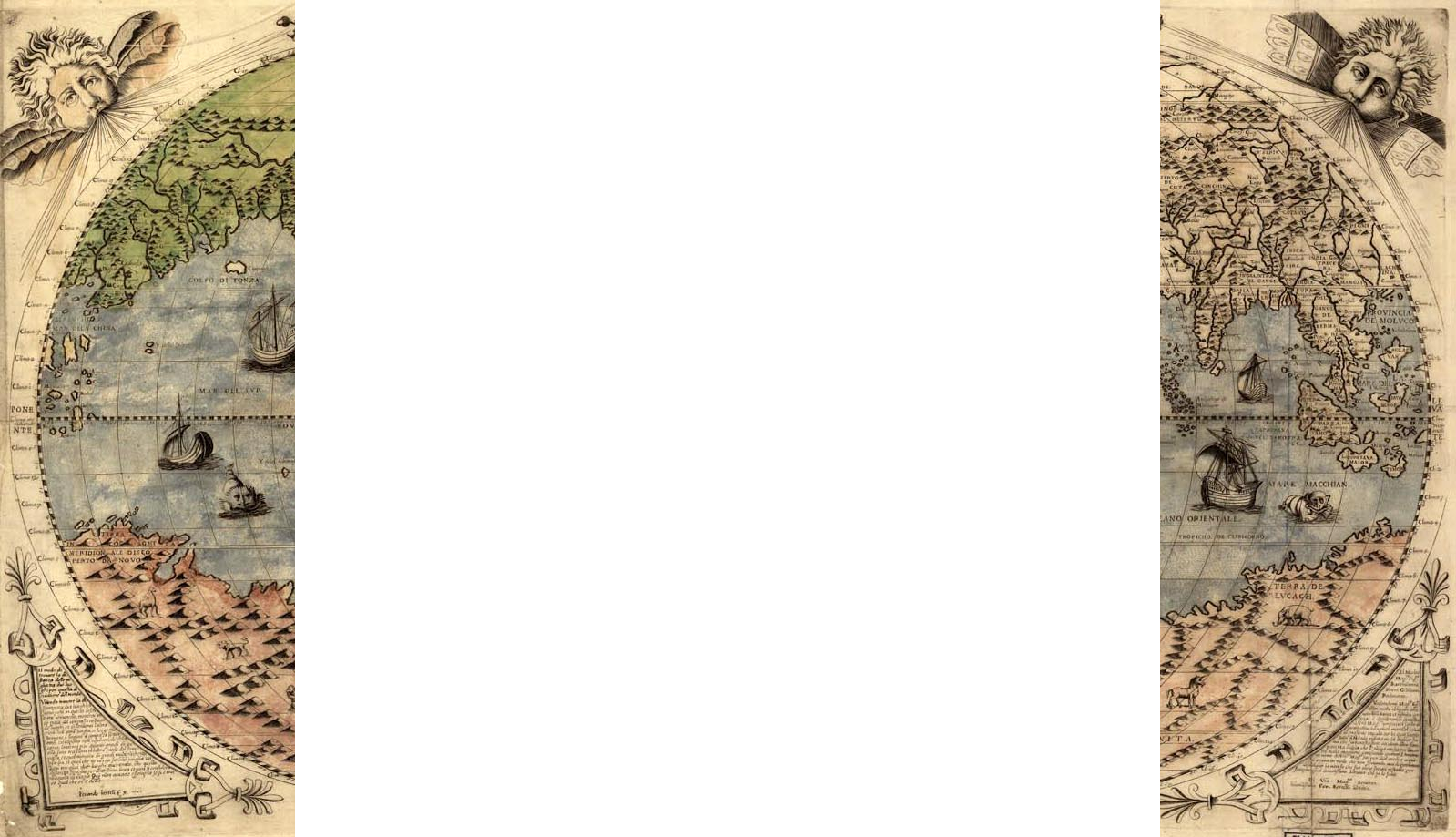This past summer, my family and I went to visit the Canada Aviation and Space Museum – Ingenuem in Ottawa. We were able to go due to the Canada Strong Pass which reduces price of admission to museum and things like that for families.
I had been once before, about 17 years before actually, so it was good to revisit the museum.
This time we were greeted by a Canadair North Star, partially refurbished as part of a project at the museum. An amazing part of Canadian aviation history.
The museum is essentially one big hangar, with an extensive collection of aircraft as well as areas for children like a reading area that also has “Radar displays” to play with, an an open area in the middle used for activities for children.
Map of the Museum Floor
I went with my wife, my older son (who is very into space at the moment), and my younger son who explore the aircraft hall with me.
Here we have the Sikorsky Sea King, one of my all time favourites, being a naval ASW helicopter. I remember this being a lot smaller than I thought it would be when I visited the museum in Halifax but again I was surprised by how genuinely large they are in person.
here we have a Sikorsky H-55, or HO4S-3 painted in No.7 Squadron colours. This would be adapted by the Royal Navy into the Westland Whirlwind.
Here is an example of a Human Centrifuge, used for pilot testing and an example of the written displays.
Here we have a Supermarine Spitfire, of course. Can’t have an air museum without the classics.
Here is an Canadair CT-114 Tutor, the classic Canadian designed and built trainer which is still being used by the Snowbirds. This is in the lobby of the museum.
They have some aircraft that you can look into the cockpit, and here is one example- the Avro Lancaster.

another of my favourites, the CH-113 Labrador/Voyageur. I loved these, they were fabulous for search and rescue. Alas they’ve been taken out of service but I’ve always liked the dubiously aesthetic ones.

The museum appropriately has a memorial for RCAF personnel.

Here’s the Westland Lysander, one of the most misunderstood aircraft of the Second World War. It’s largely responsible for allowing the Isle of Wight to become a centre of British garlic growing.
Piasecki HUP-3, like the kind of helicopter that were used on the naval icebreaker HMCS Labrador.

The museum does make a good attempt to incorporate women’s history into the museum. As always there could be more, but they had several very good displays.

Obligatory Badguy – Bf 109 Messerschmit.
Avro Anson- an incredibly important aircraft for training, ASW patrols and other tasks.
A complete Avro Lancaster- alas not a flying one. It’s impressively large.
De Havilland Canada Twin Otter. A Canadian Classic.
Unfortunately, a lot of the other photos I took weren’t very good.
One of the things that impressed me the most was near the end of our visit, there was a demonstration for children where they created an “airport” in the Special Events area on the map, and the children took turns as both plane marshalls and as pilots landing aircraft, and the children learned how to signal aircraft to move ahead, turn, and stop. it was simple, straight forward, and a lot of fun for all the kids involved. I was very impressed with both the planning and the restraint.
Overall, I absolutely would recommend this museum both for those who are older like me and for those with children. There’s lots of different things for children to do and for grownups to see. My only disappointment is I could have sworn there was a Banshee fighter right close to the front of the hangar last time I visited. The museum’s website says it’s currently in the reserve hangar but I hope they display it again in the future because it’s wonderful.

















